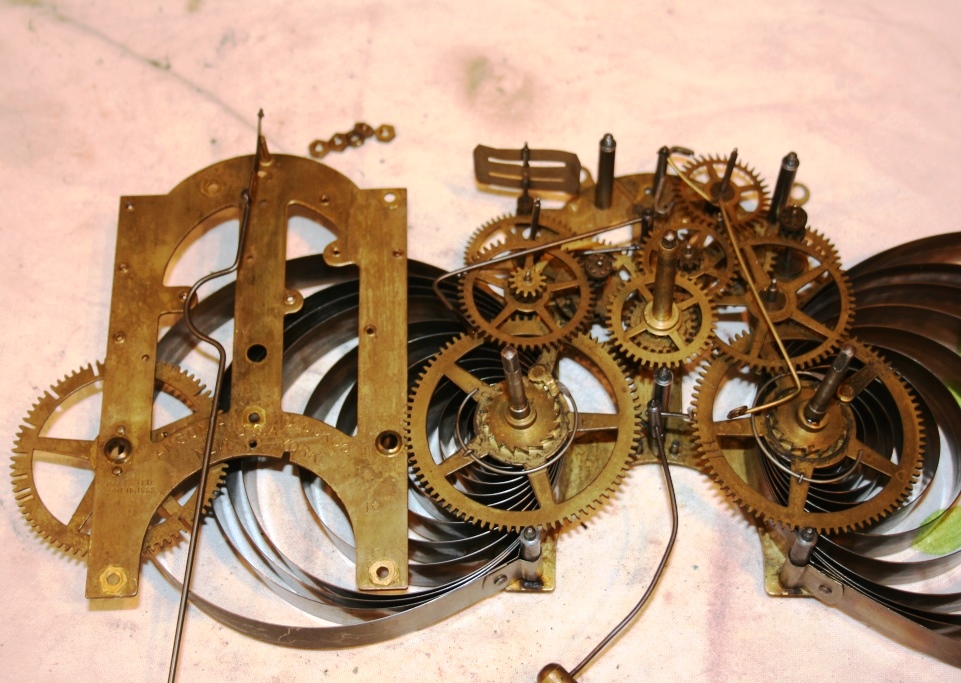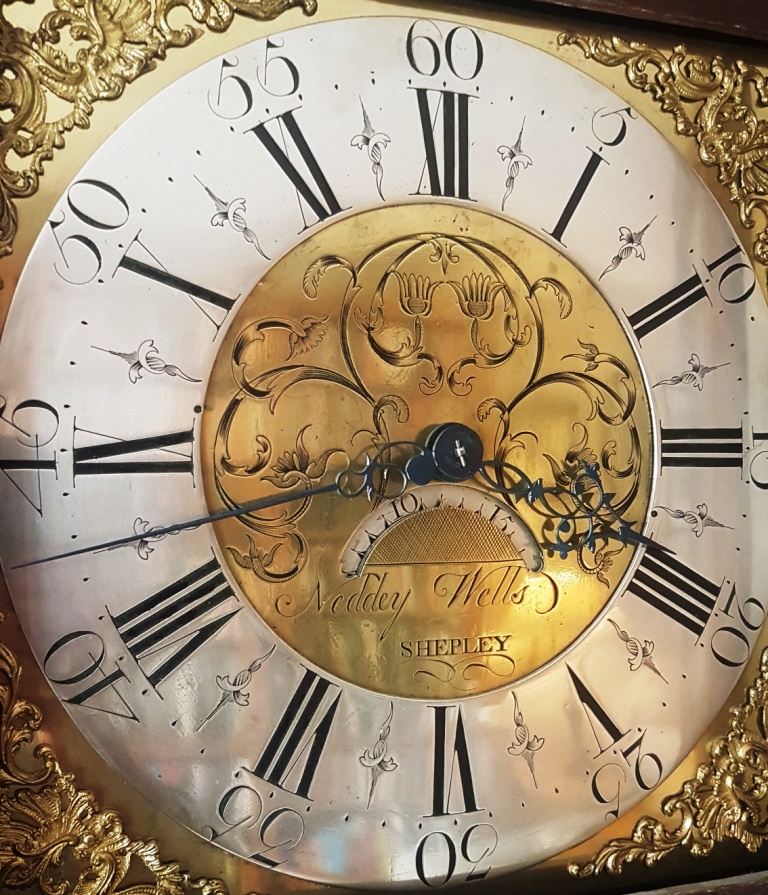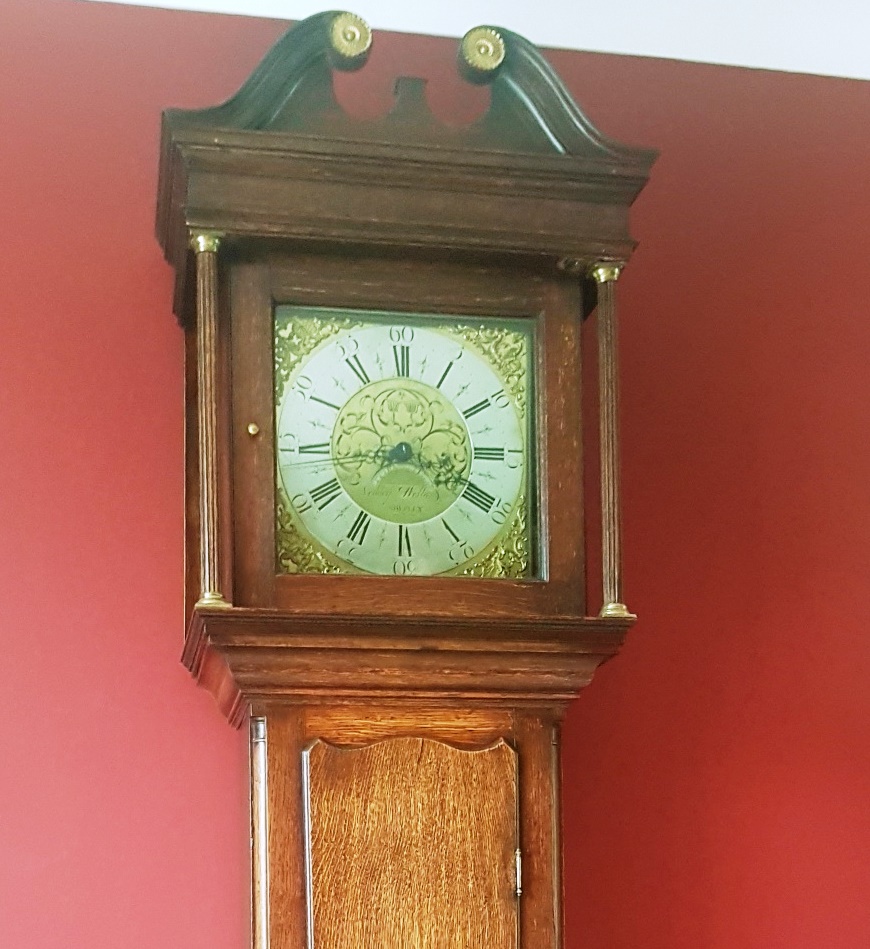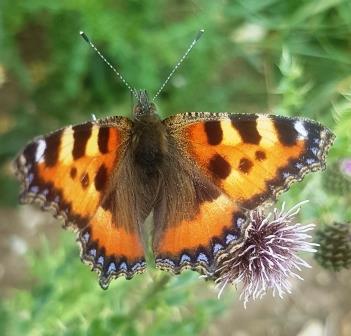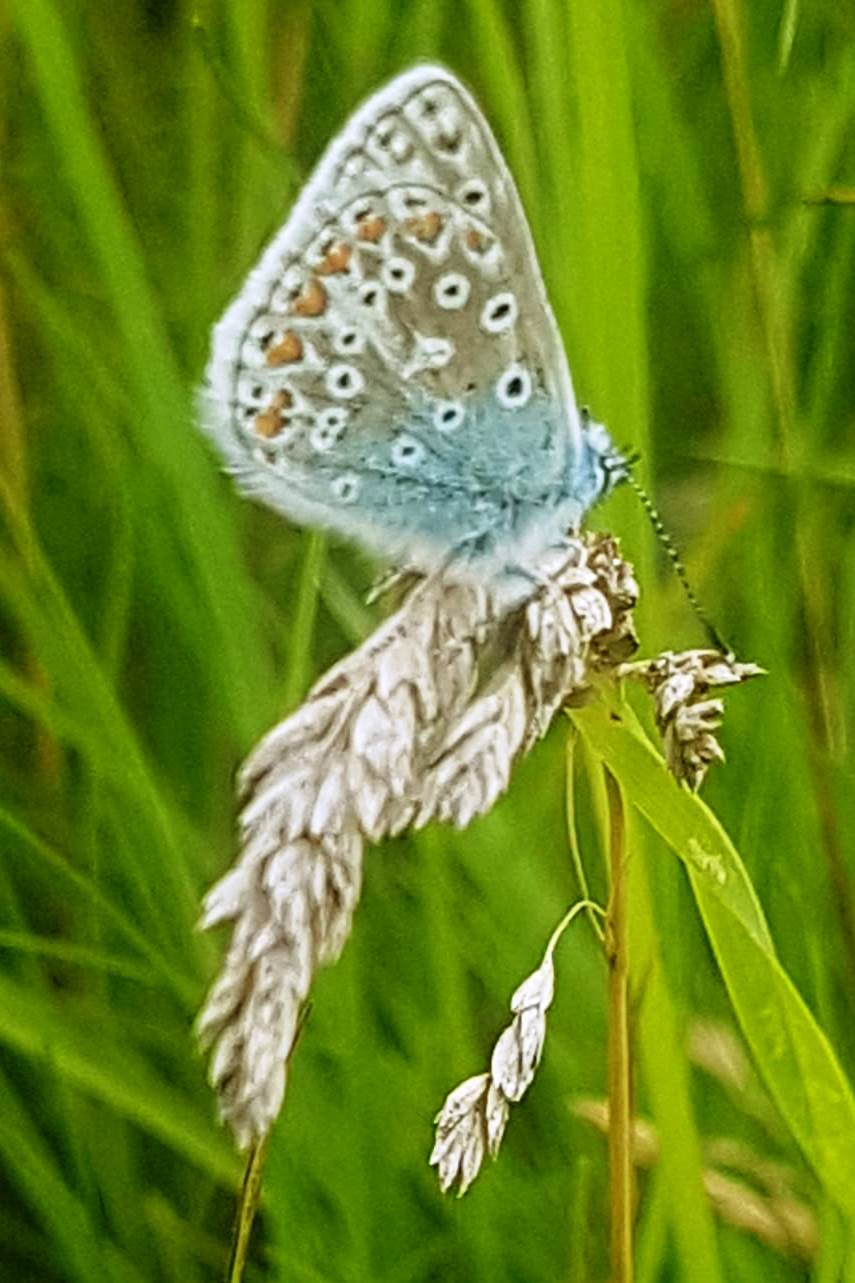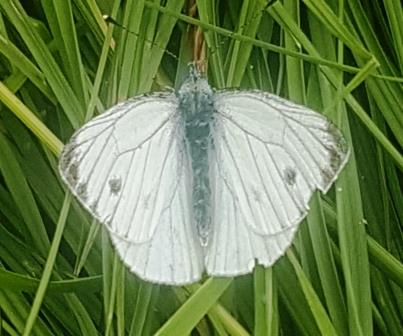I’ve seen them before, but always only fleetingly in the semi-darkness of dusk. This is different. In the brightness of a sharp spring morning, against vivid blue skies, not only time but sound also stands still and the eternal moment is pure poetry.
*
Forget Four Weddings and a Funeral. Replace it with Four Lapwings and a Barn Owl. The call to ‘stop all the clocks’ ceases to be Auden’s lament for a lost lover and becomes the mystical silent imperative of a barn owl in flight.
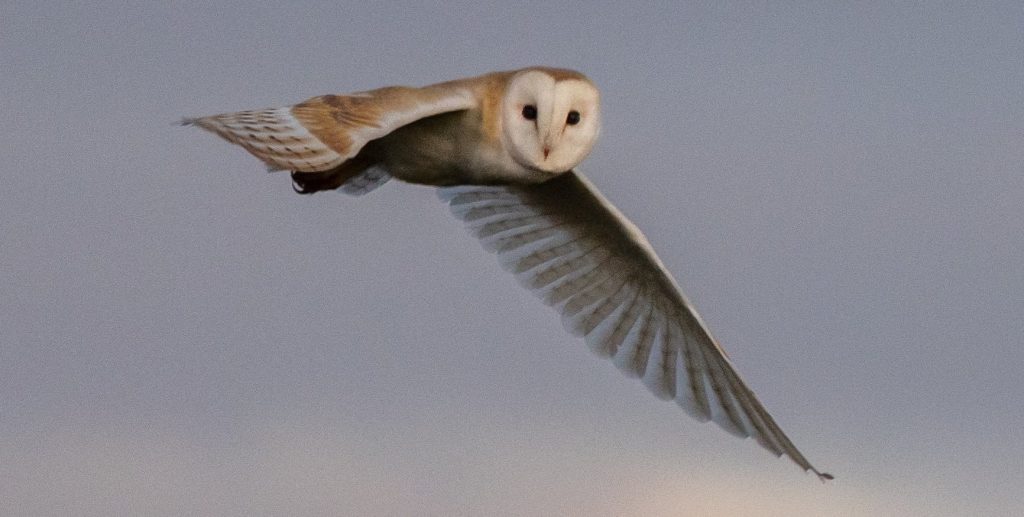
A little peace of haven
April in Northumberland. In the eastern foothills of the Cheviots the River Breamish meanders its way through a gorse-peppered verdant landscape littered with the spring of new lambs and the warm snuffle of inquisitive calves. At times little more than a stream, beyond Powburn – which passes for metropolis in this remote part of the no man’s land between England and Scotland – the river provides the babbling artery to a separate world. In this stretch it is flanked in its flood plain by former gravel workings, now sensitively managed by the Hedgeley Estate to look every inch a natural part of the landscape, and a haven for birdlife.
In this, our first freedom from the latest lockdown, we park up the motorhome at Harry’s farm and meet friends, still coping with the strange sensation of keeping safe distance. And each morning, while the others sleep, I arise early and walk across the frost-crisp glistening grass, tiptoeing over the neatly tended gravel pathway so as not to disturb the sleepers, past the stone cottages and down through the gate into the valley, the sun already bright against the clearest of blue skies.
Yellowhammers in abundance
What happens next risks becoming a twitcher’s list – the flicker of sand martins contouring the river bank; the lone dipper feeding where the water tumbles over barely submerged gravel; the flopping flap of lapwing with their casually chaotic tumbling and turning, flashes of white underwing against the dazzling brightness of the morning; an abundance of chaffinch busy in the trees that at first flank the stream, and the cornucopia of teal, tufted ducks, moorhens and coot that share the mini-lakes with greylag, with the ubiquitous mallard, with mute swans and noisy Canada geese. The inevitable grey heron on the opposite bank, hunched in thought, spots me and, with what appears mild irritation, takes languid flight, brief and low, moving resentfully a hundred yards or so downstream.
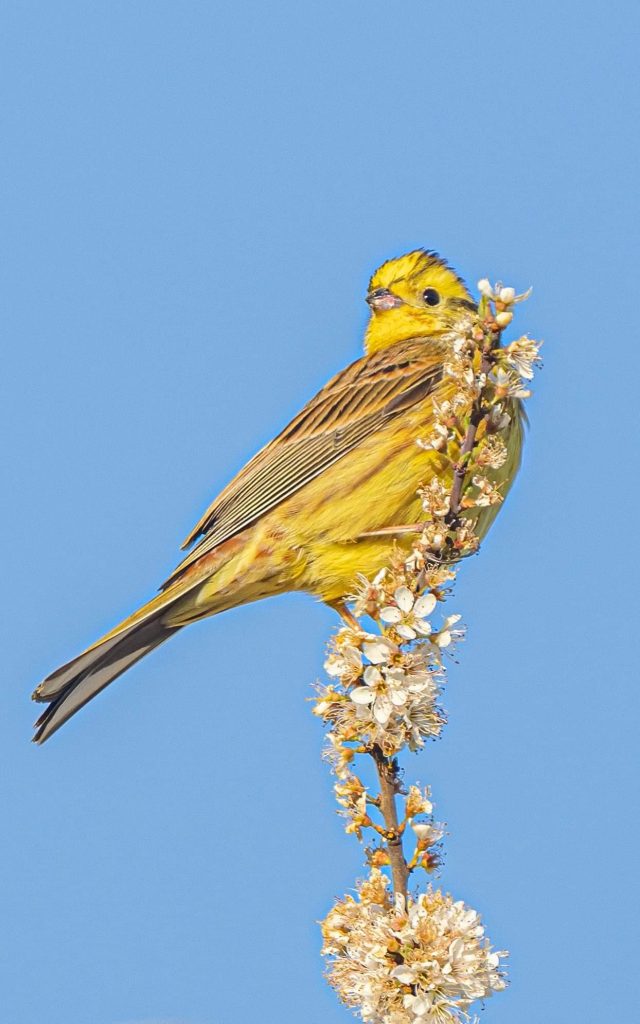
But it is the yellowhammers I have come to see. Spectacularly bright, like countryside canaries, and always showmen, they pose proud atop the vibrant bushes looking, in their startling plumage, every inch an added sprig of flowering gorse. I am surrounded by them and, at that moment, it seems the day is complete.
Apparition

It is two miles in, just as I make to cross the river and head back to base along the opposite bank, that we meet – a lone hunting barn owl and me.
I had stopped to focus the binoculars on a nearby yellowhammer, to assimilate every detail of its plumage, its elegance, its vibrancy. Behind, in soft focus, at first sighting just a smudge, I see him. Wings wide, surprisingly so when outstretched, the barn owl keeps a steady course perhaps eight feet off the rough grass ground. He flies towards me, above the unkempt stretch of land which borders the small plantation of dark conifers beyond. He looks at first white, but as he flies towards me his soft brown-ness becomes clearer and his hallmark disc of a face, fixed in concentration, comes clearly into view.
Colour then becomes indefinable. Somehow, the owl is translucent, supernatural, a mirage, an apparition, yet at the same time more real than anything else I can recall.
My magical moment
He turns, his head facing downwards, scanning the rough undergrowth for prey. Then he is away, first to the far end of the plantation, then back, then disappearing soundlessly into the trees. That, I think, is it – my magical moment. I wait in the stillness, reliving the experience, trying to comprehend the pleasure of sharing that special moment with a bird in flight, simply appreciative of having witnessed it.
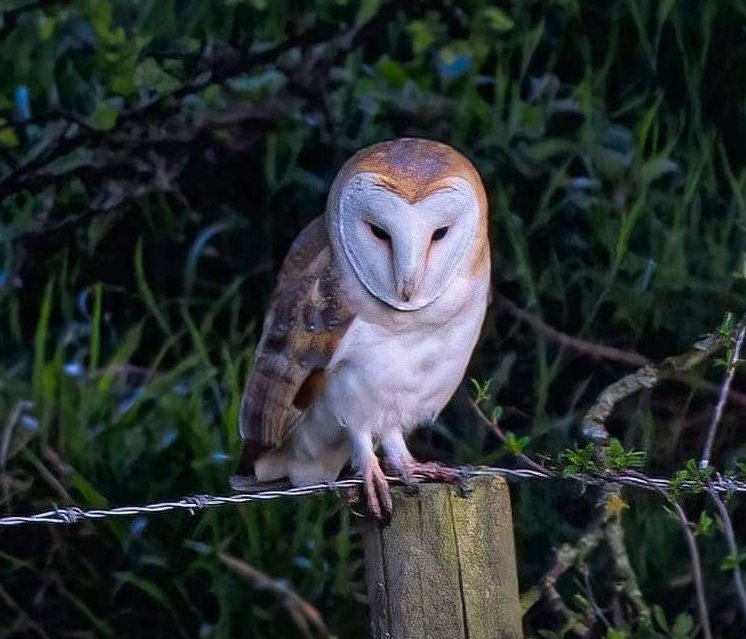
And then he is there again, materialising out of the conifers and flying low towards me, repeating his hunting cycle, concentrating, oblivious to my awestruck presence. For timeless minutes he hunts, resting once on a nearby fencepost, plunging occasionally to ground then taking off again and masterfully repeating the process.
Momentary, eternal
Mesmerised I watch, but I am not merely a witness – in my stillness, in my total absorption, I am in nature, part of nature, totally at one with it. The world has both stopped and continued. And I am struck by the powerful silence of an owl in flight – an echoing presence that, in its depth, drowns out the sound of anything else. Only if I concentrate hard can I hear the tuneful thrush behind me and the robin singing just feet to my left.
The resounding, haunting silence of the hunting owl is infinitely, captivatingly louder. While the barn owl hunts, all time and sound stands still. Momentarily. Eternally.
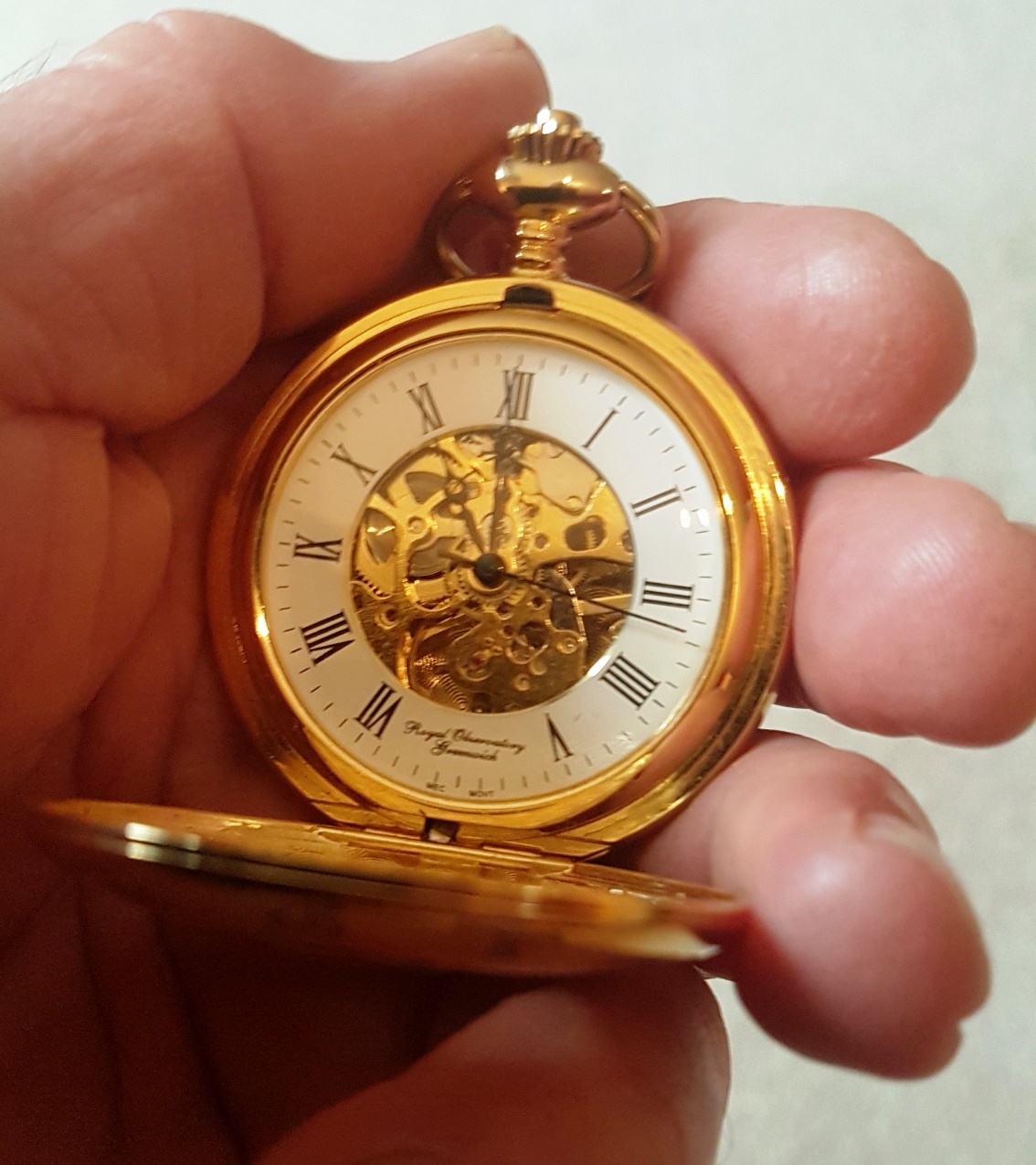

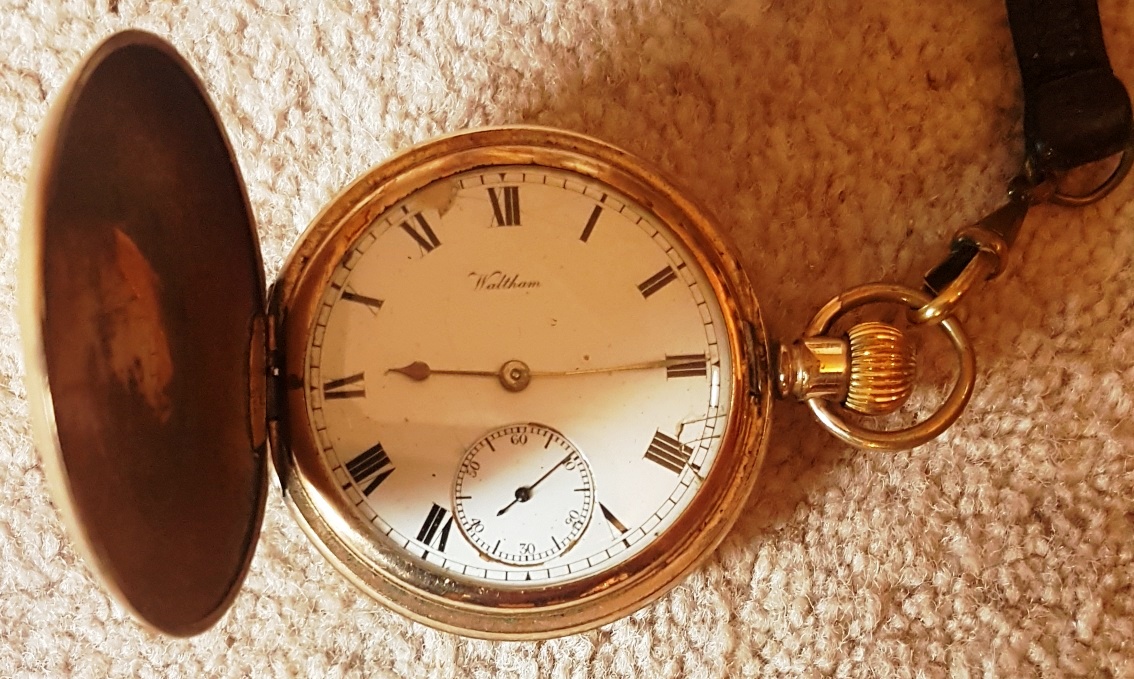
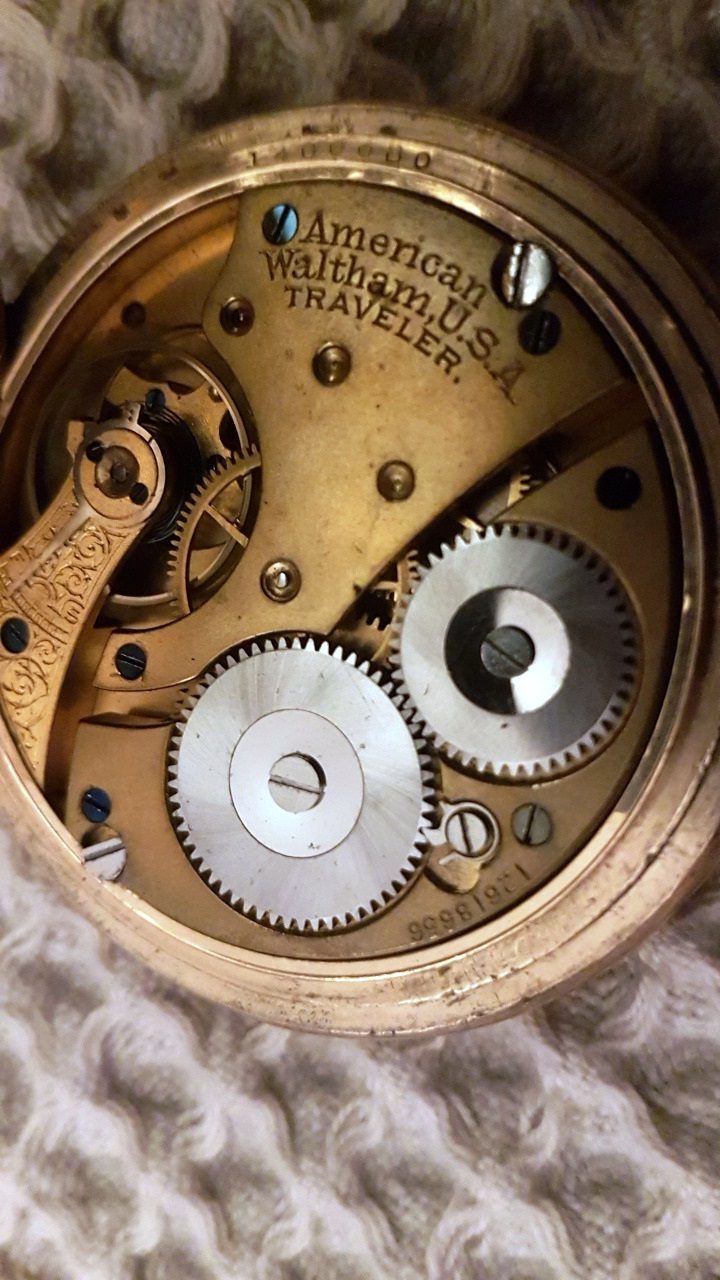
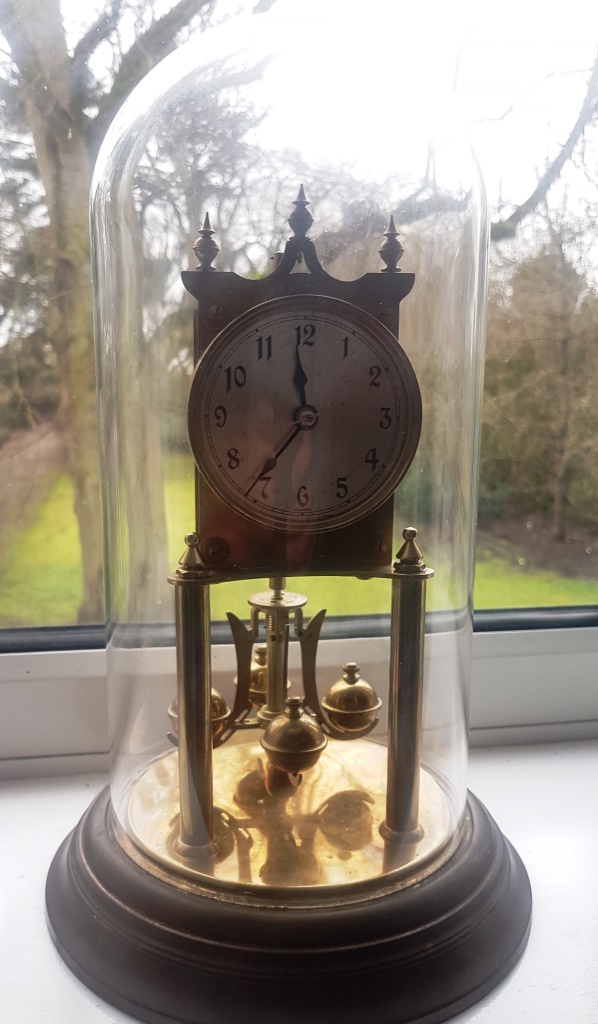
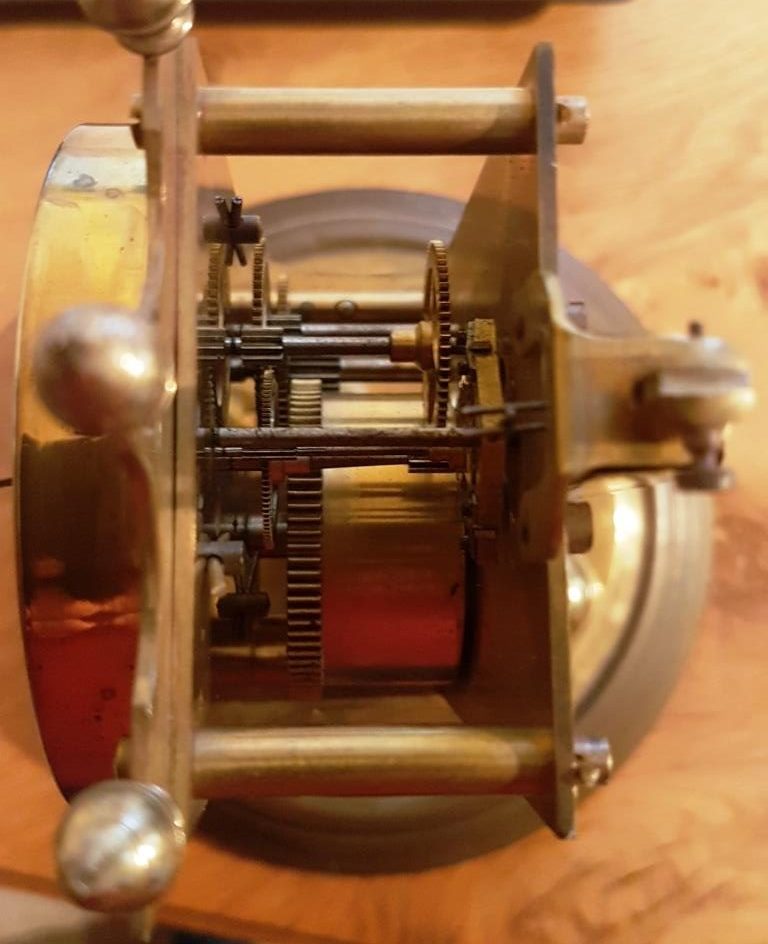
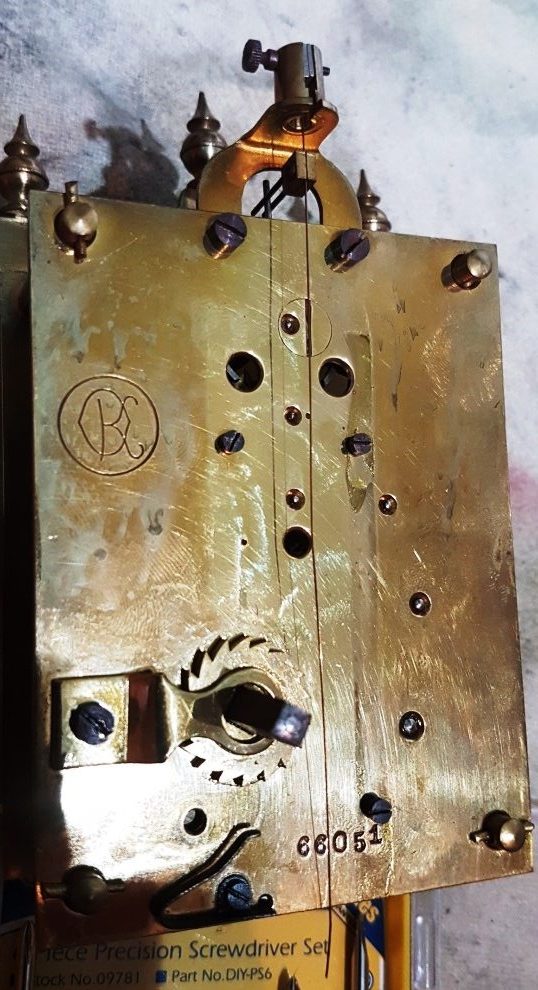
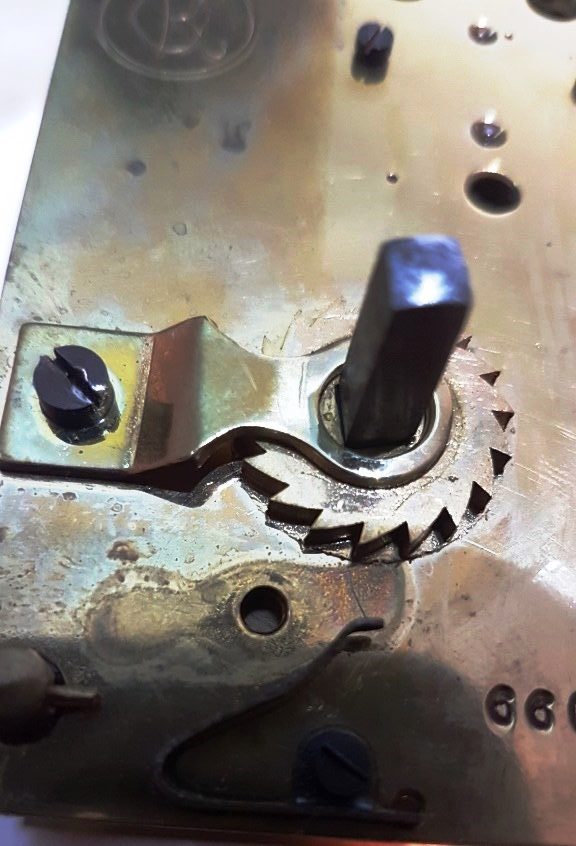
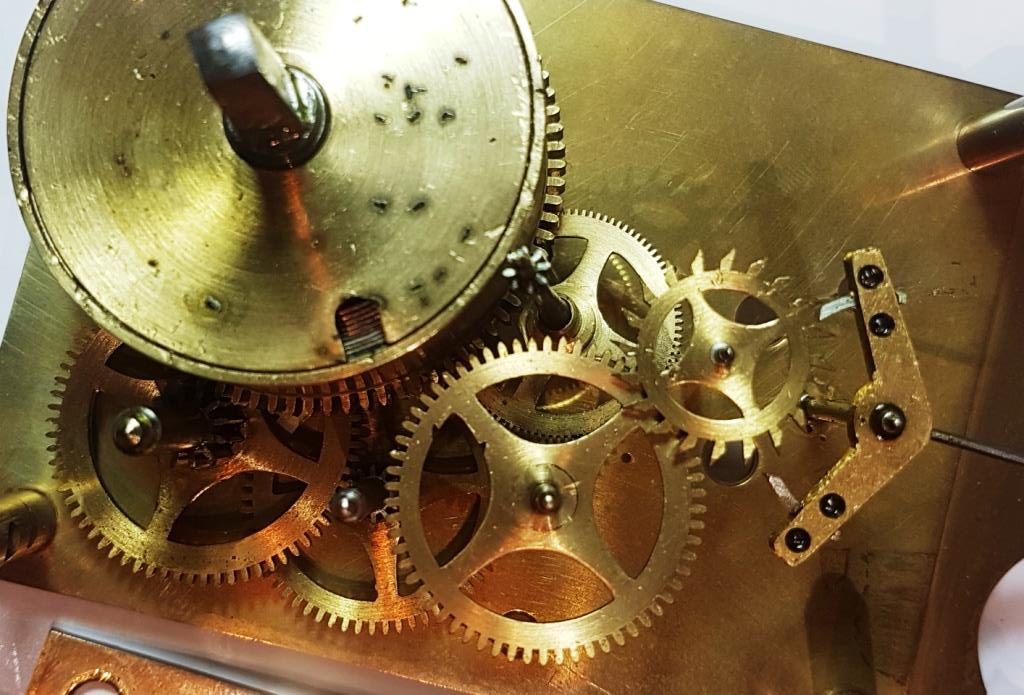
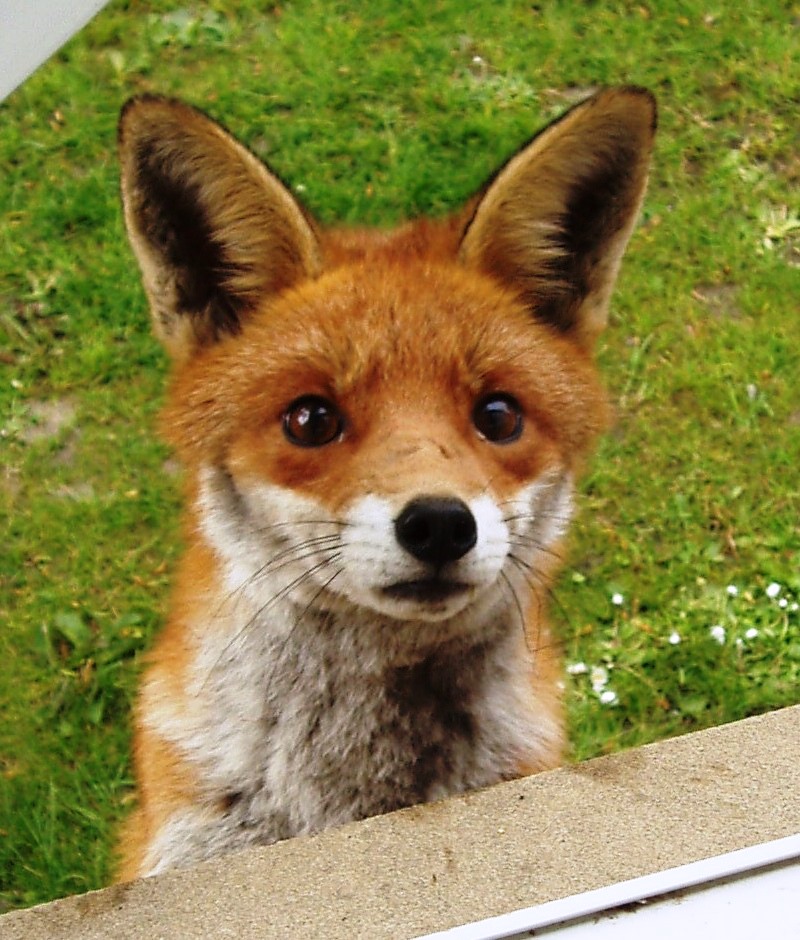
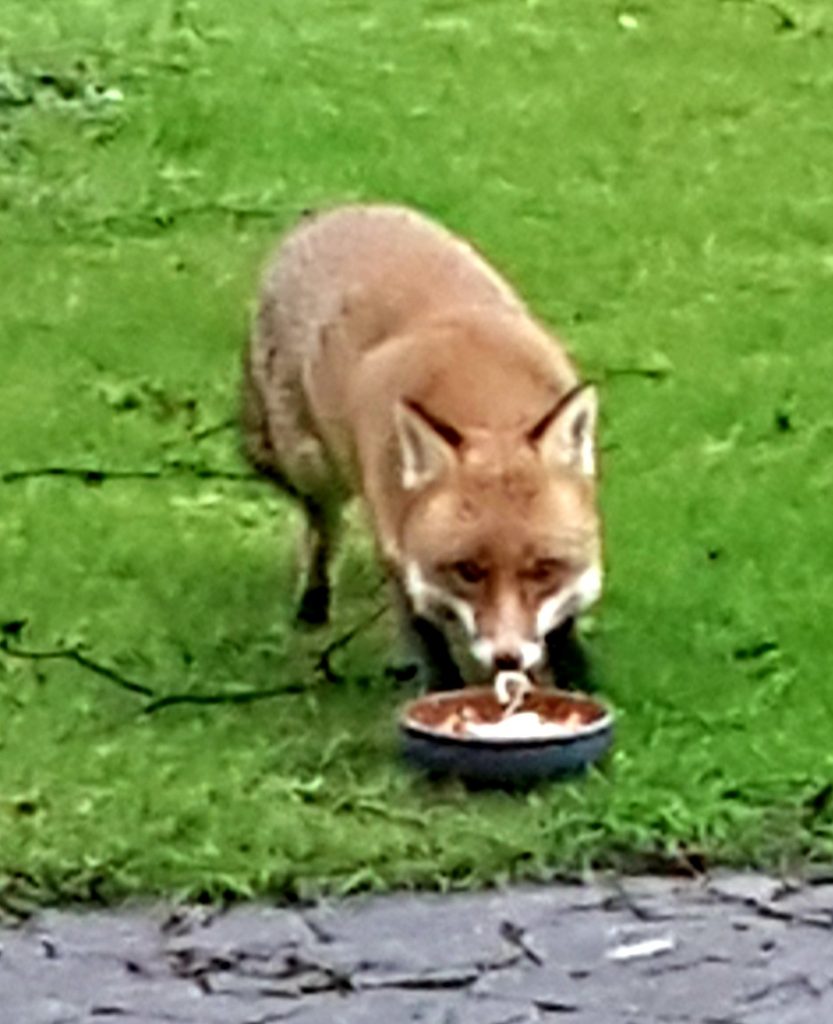
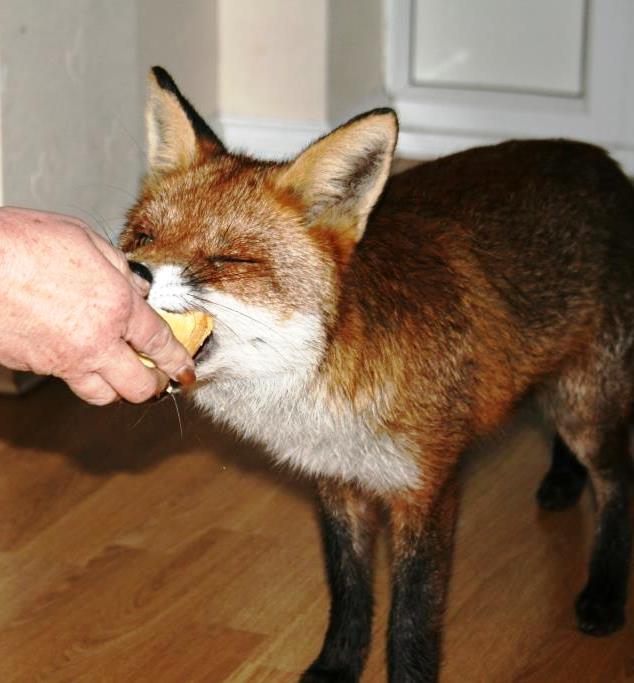
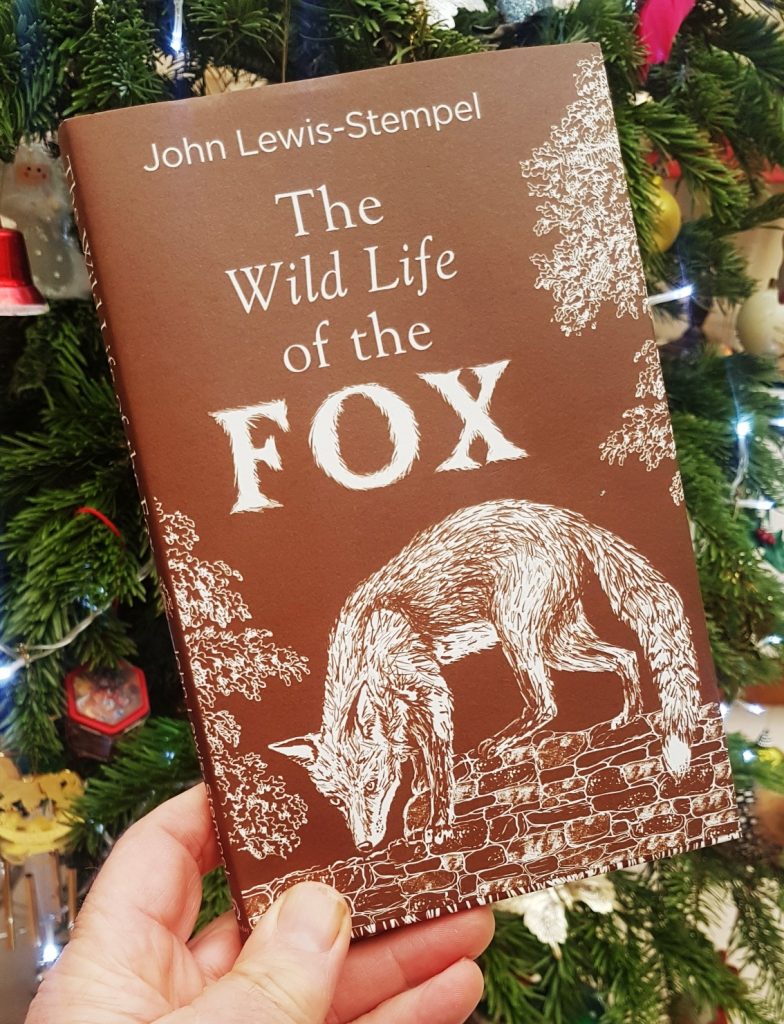
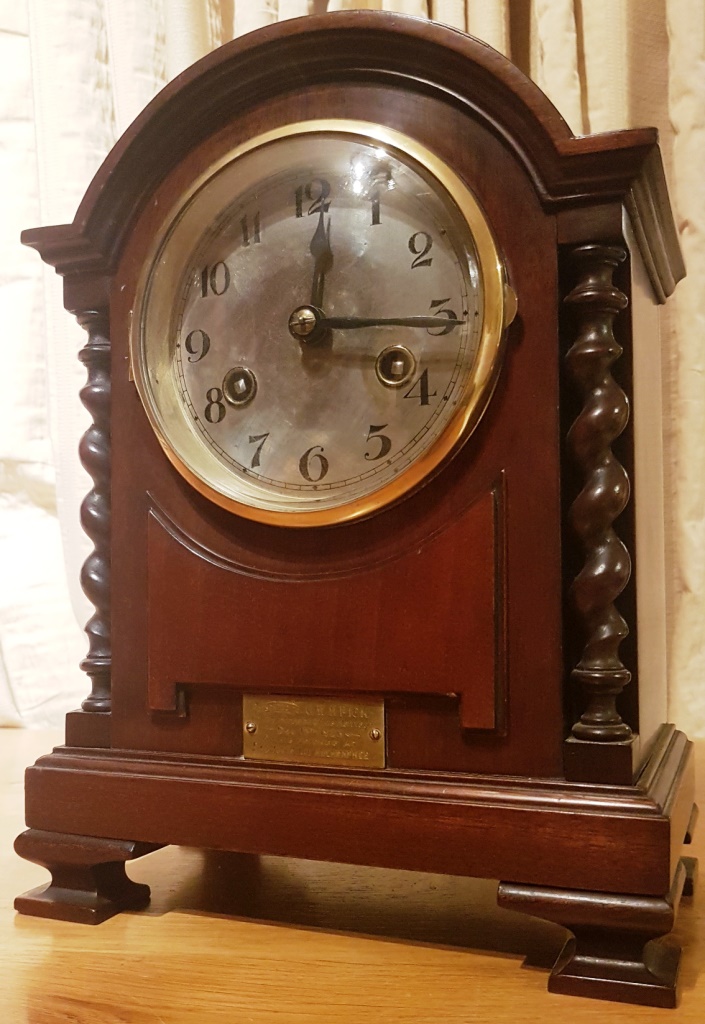
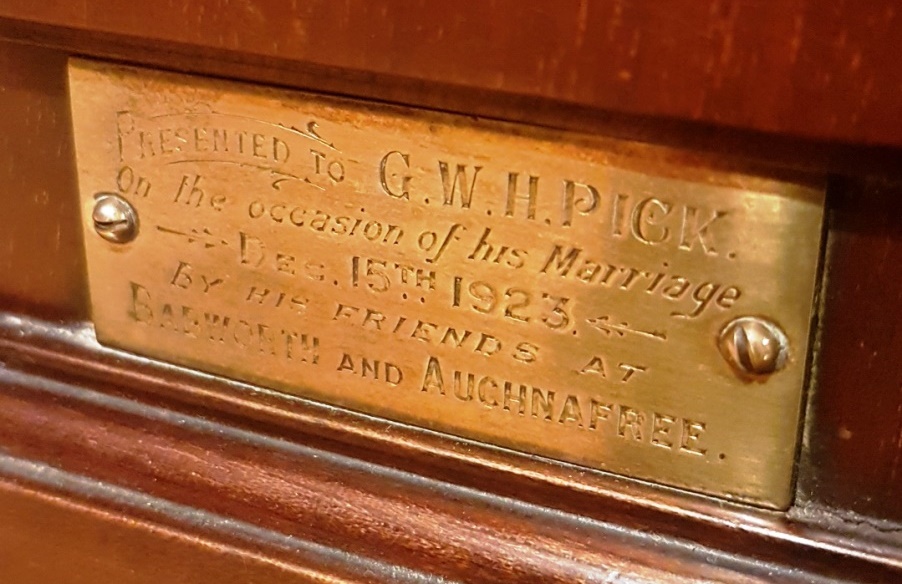
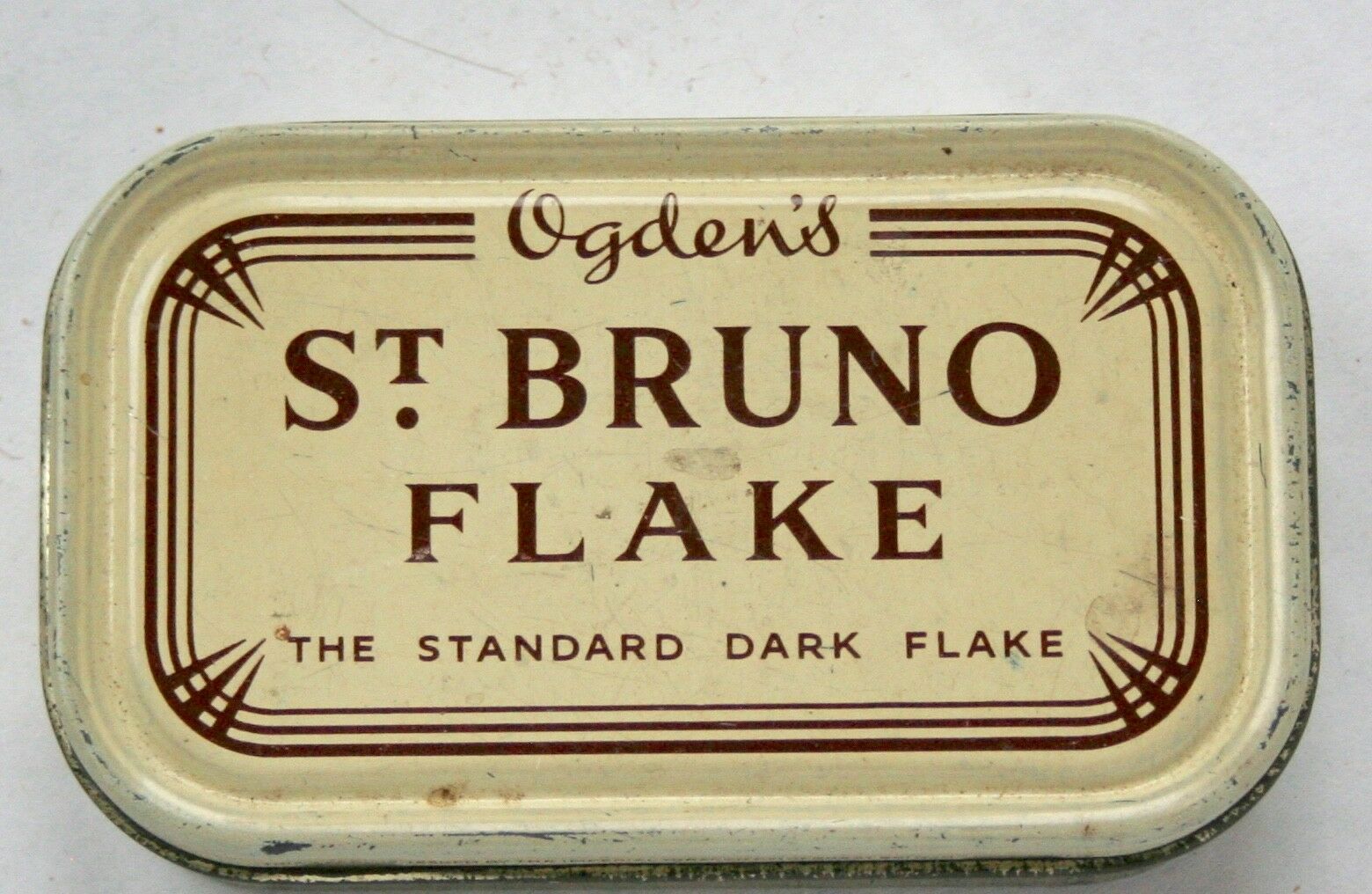
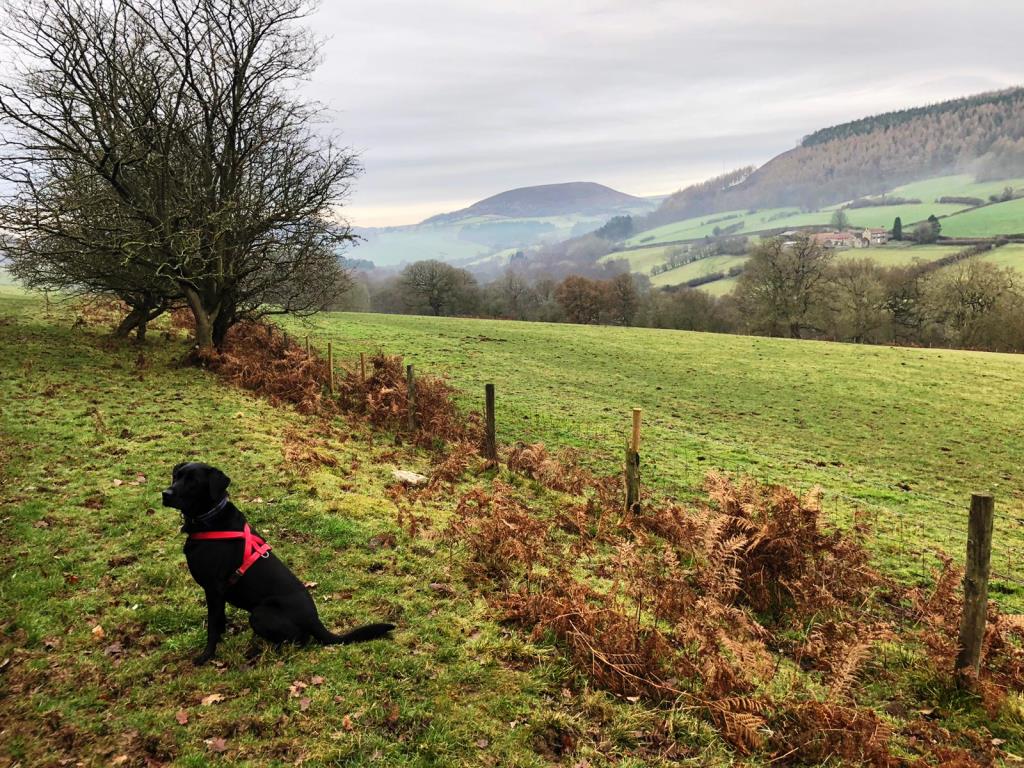

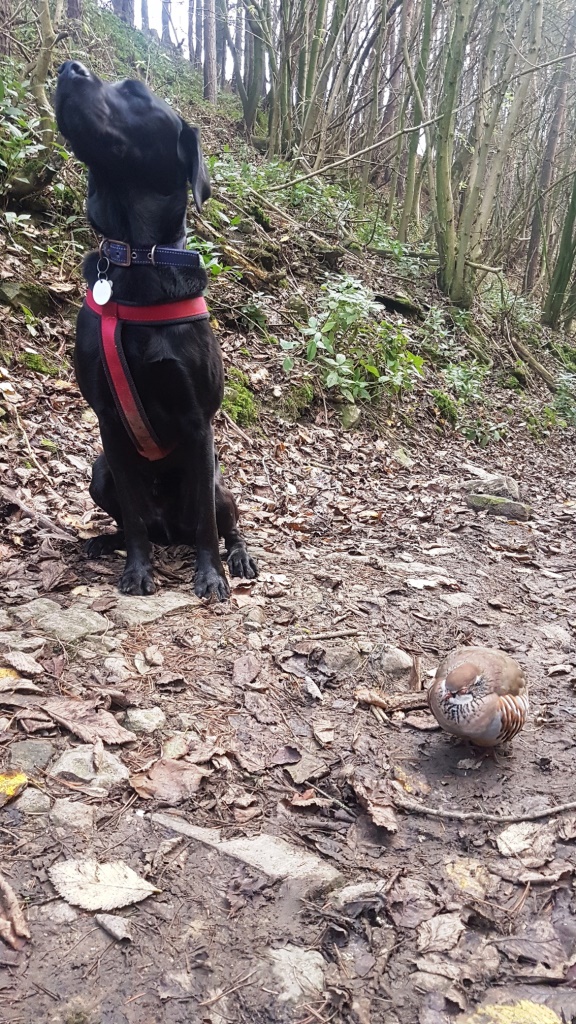 We met only seven people on our four hour expedition, albeit two of them twice. Later though, at the end of our walk as we drove away towards the visitor centre at Sutton Bank, the road teemed with folk – families mostly whose ambitions stretched no further than a mile from base.
We met only seven people on our four hour expedition, albeit two of them twice. Later though, at the end of our walk as we drove away towards the visitor centre at Sutton Bank, the road teemed with folk – families mostly whose ambitions stretched no further than a mile from base.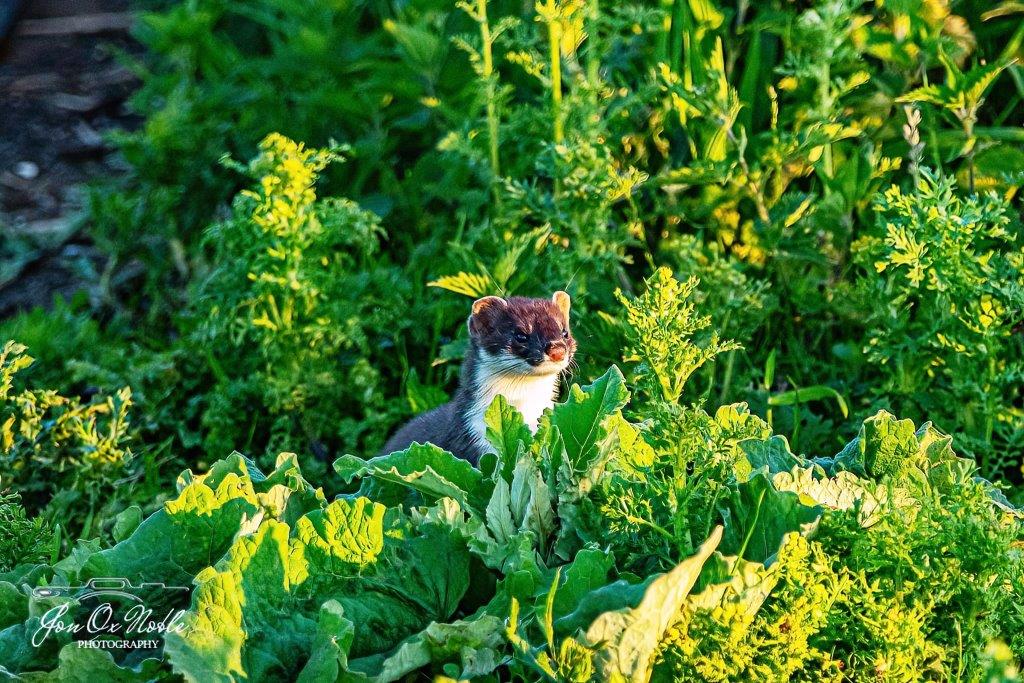
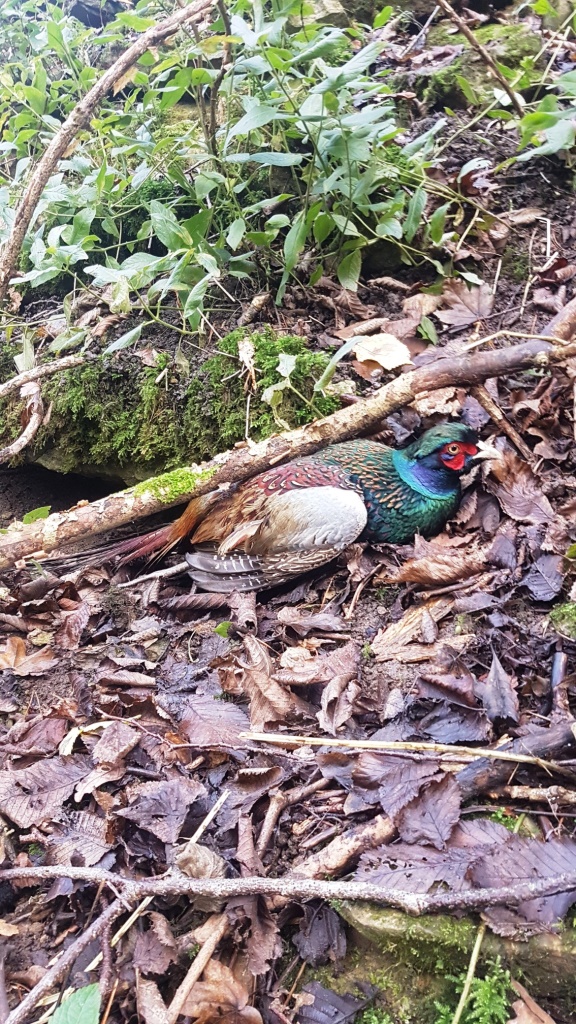 Up to 146,000 pheasants, 5,300 red grouse and 38,300 red-legged partridges are shot every day in the UK, during their respective hunting seasons.
Up to 146,000 pheasants, 5,300 red grouse and 38,300 red-legged partridges are shot every day in the UK, during their respective hunting seasons.




